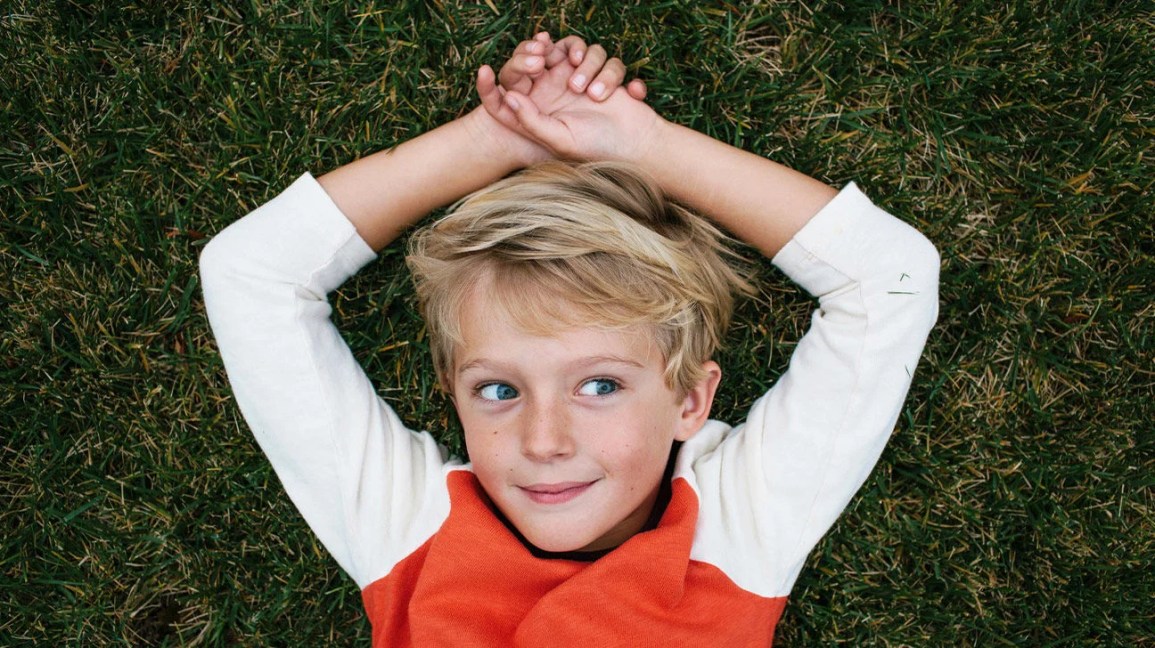Learning to regulate behavior and emotion is a skill we develop over time. From a young age, we’re faced with experiences that test and refine our ability to gain a sense of control over difficult situations.
In children, self-regulation may look like learning to respond appropriately to disappointment rather than having a temper tantrum, or asking for help when feeling stressed rather than having a meltdown.
Both of these examples illustrate the need for self-regulation skills. Self-regulation is the act of managing thoughts and feelings to enable goal-directed actions.
In the world of education and psychology, self-control and self-regulation are often used together, but they’re actually quite different in terms of what they mean.
Self-control is an active behavior. It’s primarily considered a social skill. When it comes to kids, self-control is about inhibiting impulses.
Self-regulation, however, allows kids to manage their behaviors, body movements, and emotions while still focusing on the task at hand.
When self-regulation skills are working, a child can identify the cause, reduce the intensity of the impulse, and possibly know how to resist acting on it.
In a broader sense, having self-regulation skills is what allows kids to have self-control.
Dr. Roseann Capanna-Hodge, pediatric mental health expert and author, describes self-regulation as our ability to put our brakes on and stay the course in pursuit of a goal or when completing a task.
In other words, when it comes to controlling our behaviors, self-regulation is about pumping the brakes or shifting gears, whatever the situation is.
“Emotional regulation has to do with being in a balanced emotional state so that you don’t react so strongly or not enough in more challenging situations,” Capanna-Hodge says.
That means a child is calmer and reacts less strongly to demands and stressors.
Knowing how kids gain these skills is what helps parents teach and reinforce them at home.
“Children learn to regulate their emotions and behaviors through a trial-and-error process,” Capanna-Hodge says.
“How they approach problem-solving and learn from their mistakes and the reactions they get from others has a lot to do with how they learn to self-regulate,” she adds.
For example, toddlers rely on their parents to help them navigate situations that require behavioral, emotional, and social regulation. They learn these skills over time.
One of Capanna-Hodge’s favorite ways to teach self-regulation skills is to set up an obstacle course that creates a mix of physical challenges and fun. With an obstacle course, children learn to tolerate stress, think in advance, and problem-solve all while having fun.
Christopher Kearney, an expert in clinical child psychology and a professor of psychology at University of Nevada, Las Vegas, says kids also naturally learn self-regulation.
They do so as they mature and have more experiences handling different situations, as well as when they receive feedback from others about how to appropriately behave and express oneself in various situations.
To teach self-regulation, Kearney says methods such as feedback, role-play, relaxation training, and extensive practice in unpredictable and fluctuating circumstances all help teach kids the skills they need to regulate emotion and behavior.
Parents play a significant role in teaching self-regulation skills. That’s why Capanna-Hodge says it’s incredibly important for parents to let kids explore their environment and attempt problem-solving on their own.
At the same time, parents should guide and provide positive feedback at a child’s attempt to manage their own behaviors and emotions.
Capanna-Hodge uses this example: “I saw that was very frustrating for you but you waited your turn, and look what a great time you had.”
According to Capanna-Hodge, having a clinical or neurological issue, as well as limited opportunities for independent practice, are two reasons why children or adolescents struggle with self-regulation.
She explains that conditions such as ADHD, anxiety, autism, learning disabilities, etc., all affect how the brain regulates its brain waves. That in turn affects how one self-regulates behavior and emotions.
“These conditions can make it harder for one to not only apply the brakes in situations where their interest is low, but also can interfere with one’s ability to even recognize when you need to,” Capanna-Hodge explains.
Kearney points out that some children are born with a temperament that’s highly reactive to new or novel situations. These children often become upset more easily and stay upset longer than most kids their age.
There are so many benefits of improving a child’s self-regulation skills. The most significant, says Capanna-Hodge, could be improving stress tolerance.
“In a world filled with stress, more and more children are having trouble with self-regulation, and without an ability to regulate your behaviors and emotions, not only will you experience more stress, you are more likely to react to stress over and over,” Capanna-Hodge explains.
That said, when you teach the brain to self-regulate, you can focus better and be calm.
What that means for your child, she explains, is that they’ll be:
- more connected
- a better, independent problem-solver
- happier, since their brain and body can regulate and not react so much
This research aligns with Kearney’s expert opinion that better self-regulation allows for better functioning in social and academic settings, such as:
- engaging in conversations
- focusing on tasks
- cooperating and playing well with others
- making friends
Parents are one of the most influential teachers in their child’s life, especially when it comes to self-regulation skills.
The Child Mind Institute says one way parents can teach self-regulation is to isolate the skill you want to teach and then provide practice.
The Duke Center for Child and Family Policy for the Administration for Children and Families, which conducted work and research around promoting self-regulation in the first 5 years of life, says there are broad categories of support or co-regulation that allow the adult to help the child develop self-regulation skills.
tips for teaching self-regulation skills
- Provide a warm, responsive relationship. When this happens, kids feel comforted in times of stress. This involves modeling self-calming strategies and providing physical and emotional comfort when your child is stressed.
- Structure the environment so self-regulation is manageable. This includes providing consistent routines and structure.
- Teach and coach self-regulation skills by providing opportunities for practice and through modeling and instruction. This involves teaching age-appropriate rules, redirecting, and using effective, positive behavioral management strategies.
- Intentionally model, monitor, and coach targeted self-regulation skills. For preschool children in particular, it’s especially important to emphasis skills such as waiting, problem-solving, calming down, and expressing emotion.
Additionally, Kearney explains that parents sometimes foster a lack of self-regulation in their child by giving in to temper tantrums or failing to coach a child through difficult circumstances. This allows a child to avoid anxiety-provoking situations.
Recognizing your actions and how they influence the process is key to finding new ways to teach your child.
When you coach kids through a challenging situation by providing positive support and appropriate feedback, they learn to adapt their behavior. Eventually they gain the skills necessary to handle challenges without your help.
Providing a safe and supportive environment for your child to learn and practice self-regulation skills is key to helping them experience success in life. This is especially the case if they experience sensory overload or issues with executive function.
As a parent, one of your roles is to help your child work on self-awareness and provide feedback so they can find new ways to cope with frustration.

